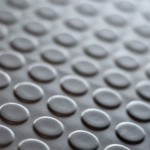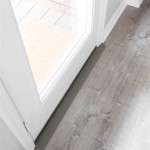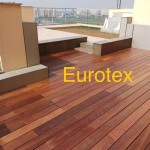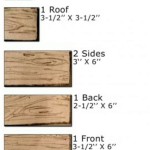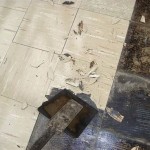Ceramic Floor Tile Layout Patterns: A Guide to Enhancing Your Space
Ceramic floor tiles are a popular choice for homeowners due to their durability, versatility, and aesthetic appeal. Beyond choosing the right tile style and color, the layout pattern can significantly impact the overall look and feel of a space. From classic to contemporary, there's a wide range of ceramic floor tile layout patterns to explore. This article will delve into the most popular patterns, providing insights into their characteristics and suitability for different room types.
Classic and Versatile: The Straight Lay Pattern
The straight lay pattern, also known as the running bond pattern, is the most basic and widely used tile layout. Tiles are installed in parallel rows, creating a simple, clean, and timeless aesthetic. This pattern is incredibly versatile and works well in any room of the house, from kitchens and bathrooms to living rooms and hallways.
Advantages of the straight lay pattern include its simplicity, ease of installation, and cost-effectiveness. This pattern minimizes waste and is well-suited for both large and small spaces. It also allows for a wide range of tile sizes and shapes, making it adaptable to different design styles.
Adding Visual Interest: The Brick Pattern
The brick pattern, also known as the staggered pattern, is a popular choice for creating a traditional and rustic feel. This pattern involves offsetting each row of tiles by half the length of the tile, resembling the look of brickwork. The brick pattern adds visual interest by breaking up the uniformity of the straight lay pattern.
The brick pattern is suitable for rooms of all sizes, but it works particularly well in larger spaces where the visual rhythm of the staggered layout is more prominent. It can also create a sense of depth and dimension, making a space feel larger.
Sophisticated and Intricate: The Herringbone Pattern
The herringbone pattern is a classic and elegant choice that adds a touch of sophistication to any space. This pattern involves arranging tiles in a V-shape, with each row offset from the previous one. The herringbone pattern can be laid in a straight or diagonal direction, offering flexibility in design.
This pattern is more intricate to install than the straight lay or brick pattern, requiring precise cuts and planning. However, the visual impact of the herringbone pattern justifies the extra effort. It is well-suited for larger rooms and creates a dramatic and eye-catching focal point.
Geometric and Contemporary: The Basketweave Pattern
The basketweave pattern, inspired by traditional woven baskets, features squares or rectangles arranged in a grid-like pattern. The interlocking tiles create a visually interesting and intricate design that adds texture and depth to the floor. This pattern is ideal for creating a contemporary and modern aesthetic.
The basketweave pattern can be installed in various tile sizes and colors, allowing for customization and a wide range of design possibilities. It is well-suited for both small and large spaces and can be used in kitchens, bathrooms, and entryways.
Creating a Dynamic Flow: The Diagonal Pattern
The diagonal pattern, as the name suggests, involves laying tiles at a 45-degree angle, creating a dynamic and visually stimulating effect. This pattern can make a room appear larger and wider, especially when used with light-colored tiles. It is well-suited for hallways and entryways, adding a sense of movement and flow.
The diagonal pattern requires careful planning and precise cutting, as it can be more challenging to install than other patterns. However, the visual impact of this pattern is undeniable, adding a touch of drama and sophistication to any space.
Beyond the Basics: Exploring Other Patterns
Beyond the classic and popular patterns mentioned above, there are many other options to consider. Some unique and eye-catching patterns include:
- Chequerboard Pattern: This pattern features alternating squares of two different colors or materials, creating a bold and geometric design.
- Pinwheel Pattern: This pattern resembles a pinwheel with tiles arranged in a circular pattern around a central point.
- Parquet Pattern: Inspired by wooden flooring, this pattern features tiles arranged in geometric shapes like squares, rectangles, or triangles.
- Modular Pattern: This pattern uses a combination of different tile shapes and sizes to create a unique and visually interesting design.
When choosing a tile layout pattern, consider the size and shape of the room, the style of the house, and the overall design aesthetic you want to achieve. The right pattern can enhance the beauty of your flooring and create a space that reflects your personality and style.

Floor Tile Pattern S Free On Freepik

Tile Floor Vector Art Icons And Graphics For Free
Tiles Pattern S Free On Freepik

Floor Tile Pattern S Free On Freepik

Free Vector Realistic Ceramic Floor Tiles Vintage Pattern With One Type Or Set Composed Of Diffe

Free Traditional Tile Crafting At Stockcake

Tile Floor Vector Art Icons And Graphics For Free

Floor Tile Patterns Top Design Ideas For A Contemporary Look

Free Decorative Floor Design At Stockcake

Porcelain Tile Floor Herringbone Pattern Png 1346x1275px Ceramic Engineered Stone Flooring Free
Related Posts

